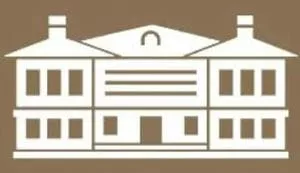Buildings of the National museum
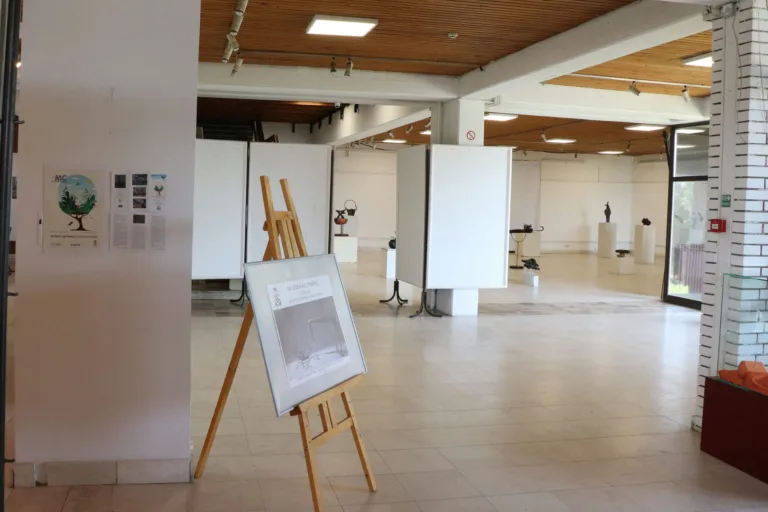
Gallery of the National Museum Vranje
The Gallery of the National Museum in Vranje, an exhibition space of the museum, was established in 1995 with the aim of showcasing and presenting contemporary visual production, as well as promoting the movable cultural assets from its collections through thematic exhibitions.
The Vranje Artists Biennial is a traditional exhibition held since 2007.
In addition, the gallery organizes lectures, book promotions, concerts, literary evenings, and similar events.
The gallery has approximately 380 square meters of exhibition space, organized into two halls.
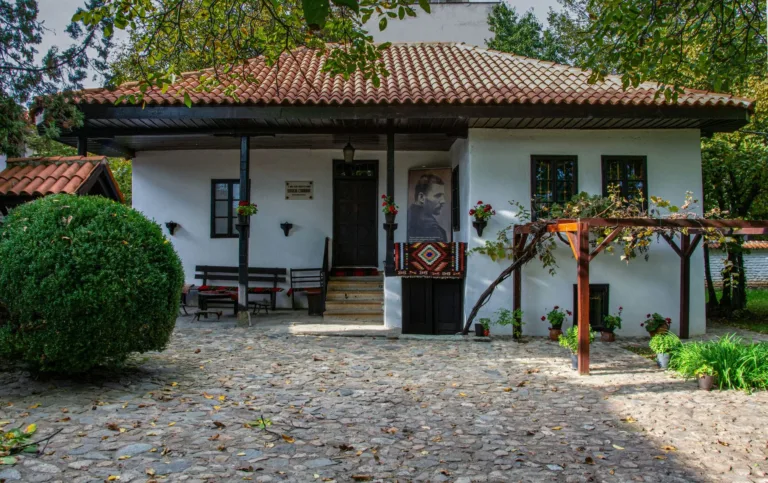
The house of Borisav Stanković
The house in which the writer Borisav Stanković (1875-1927) was born was built around 1850 on a plot of land purchased by his grandmother Zlata.
It was constructed as a four-part house with an open porch and doxat, a basement, a tiled roof, a well in front, a large courtyard, a garden, and a summer kitchen.
The house is enclosed by a wall made of unbaked bricks, and it features a large wooden double-wing gate that leads directly into the house from Baba Zlatina’s cobblestone street.
The house has four interconnected rooms: the central room with a fireplace, the guest room and Baba Zlata’s room on the right, and Bora’s study on the left. The museum was established in 1967. The house preserves a rich collection of books and written materials belonging to the writer. The house was placed under state protection in 1950 and was declared a monument of cultural significance in 1979
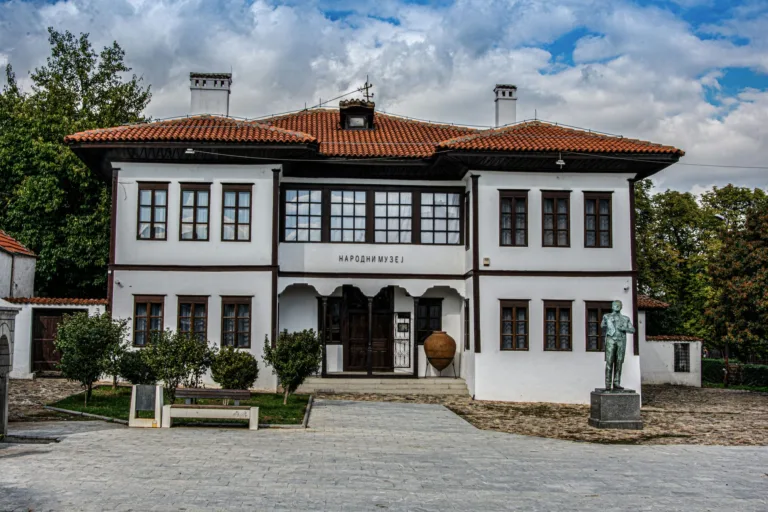
Selamluk
The Selamluk served as the male section in a Muslim house or a separate house in the courtyard where guests were received, while the Haremluk was the female section in a Muslim house where men who were not family members or residents were not allowed to enter.
The Selamluk houses a permanent museum exhibition of the Vranje urban house from the late 19th and early 20th centuries, while the Haremluk is currently preparing a permanent museum exhibition.
Both buildings of Pasha’s Konaks were placed under state protection in 1949 and were declared monuments of cultural significance in 1979.
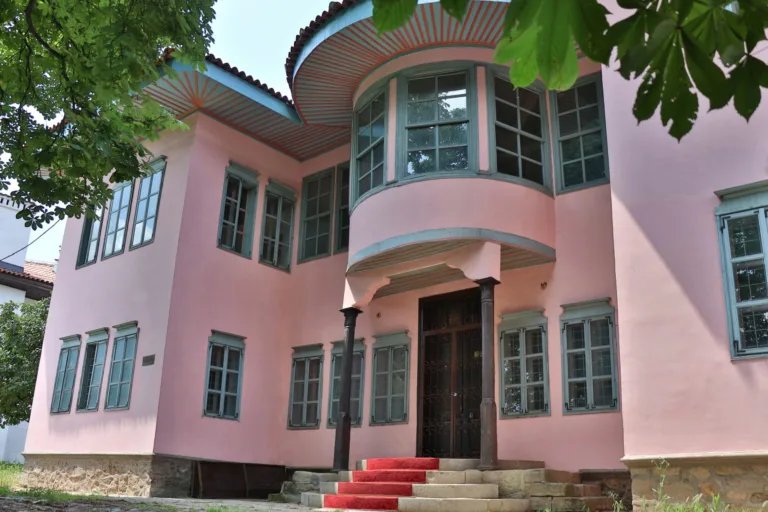
Haremluk
There are no precise historical records about the architecture and the time of construction of Pasha’s Konaks.
Historical circumstances and architectural features indicate that they were built in the 18th or early 19th century.
Both buildings, the Selamluk and Haremluk, were located in the same courtyard but had different purposes.
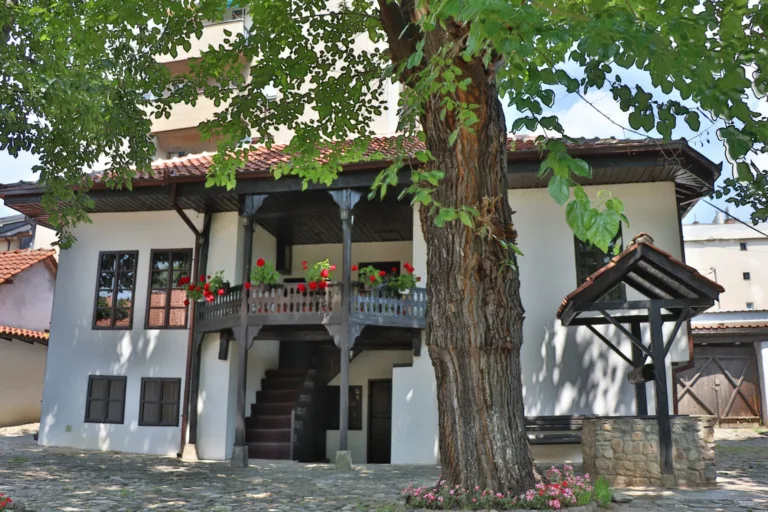
Pribојčićeva kuća
Pribојčićeva kuća belonged to the old urban Pribојčić family.
The two-story building, shaded by mulberry trees, features a porch and a centrally positioned doksat (a covered wooden balcony).
Over the decades, Pribојčićeva kuća has been used as an artist’s studio and later as a venue for cultural events in the city.
Since 2019, it has been part of the Museum. This cultural monument was placed under state protection in 1986. Today, it houses the museum administration.
The house was placed under state protection in 1948 and was declared a monument of cultural significance in 1979.
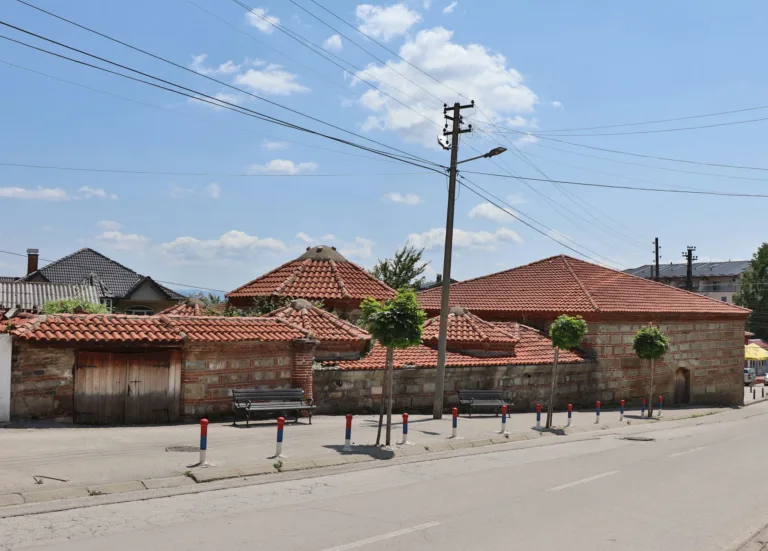
Old Turkish Hammam
The Old Turkish Hammam, once a Turkish bathhouse, was built in the northern part of the city during the time when Vranje was part of the Ottoman Empire.
The exact date of its construction is unknown. It is believed that the need for such a facility existed as early as the 16th century due to the population growth.
It was constructed of cut stone and brick with a domed roof and windows that provided illumination to the building.
The hammam was placed under state protection in 1948 and declared a monument of cultural significance in 1979.
